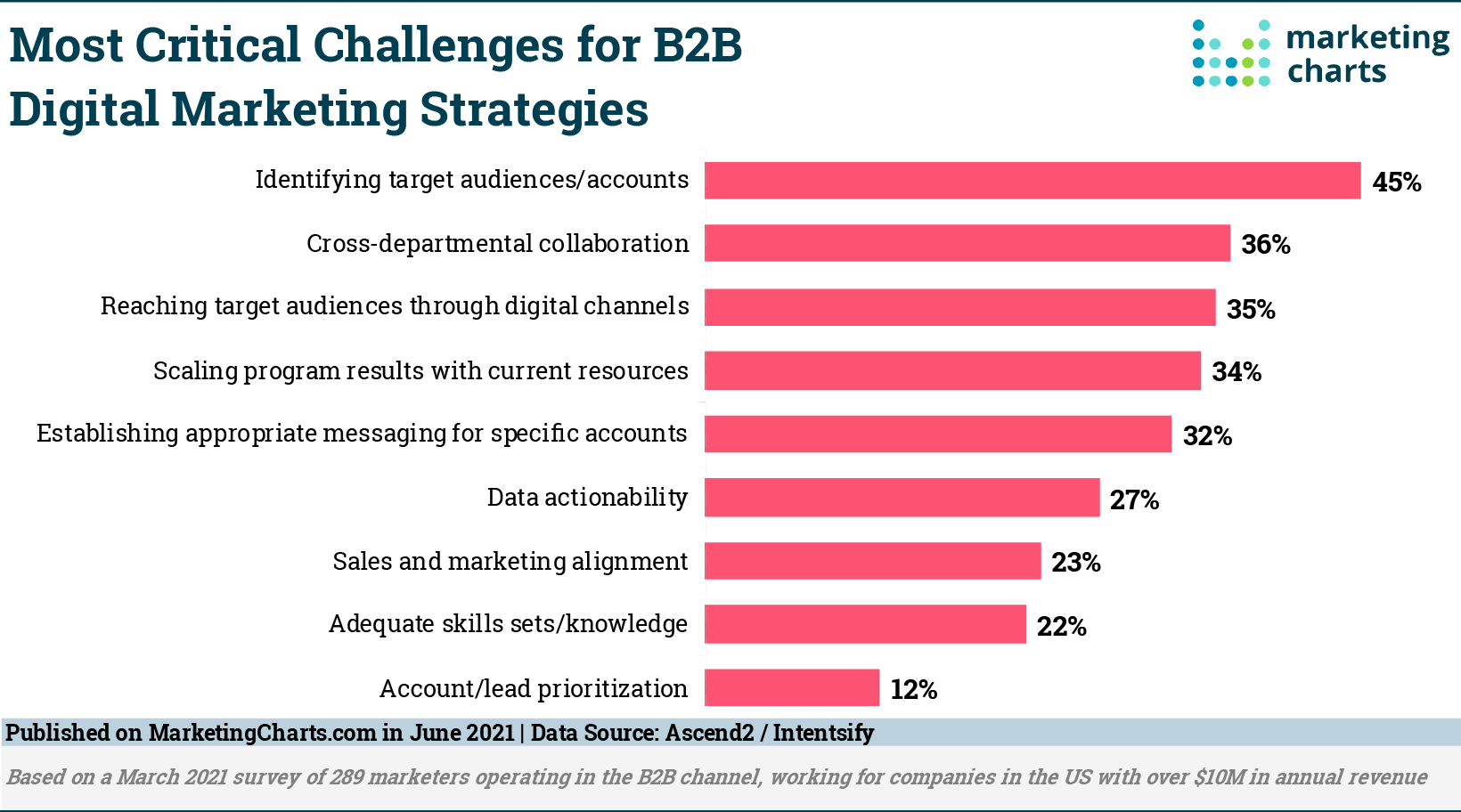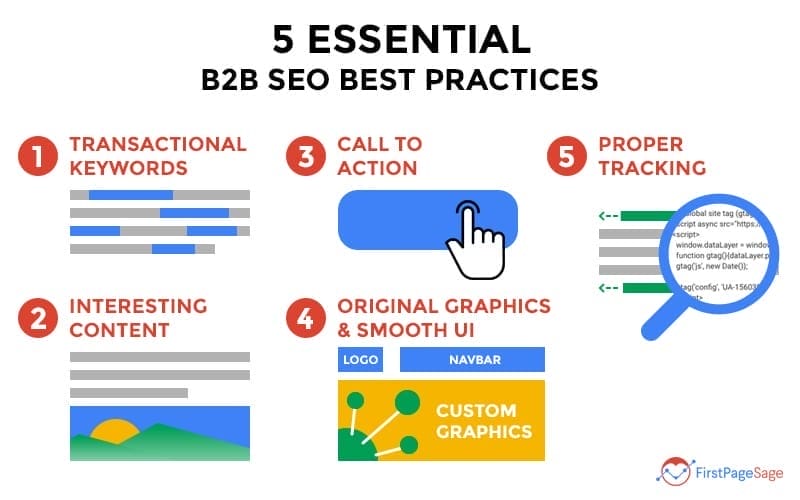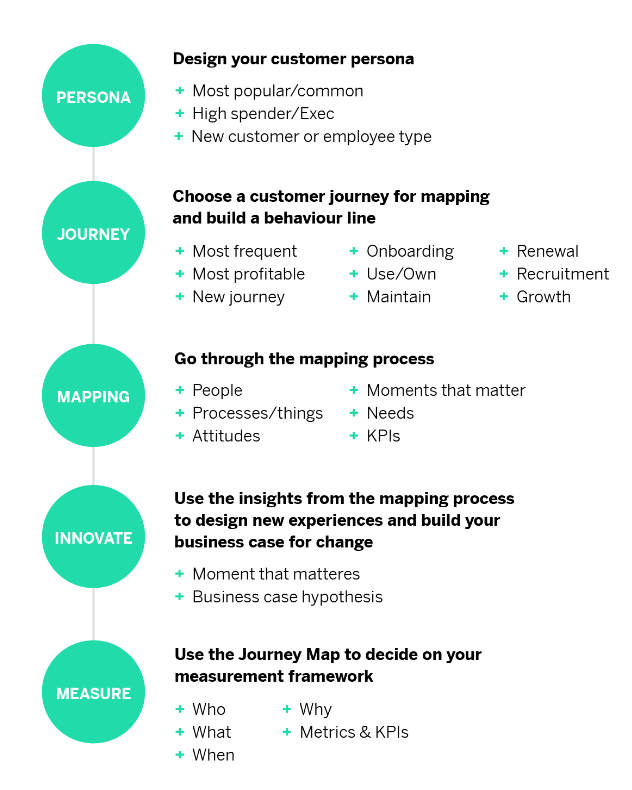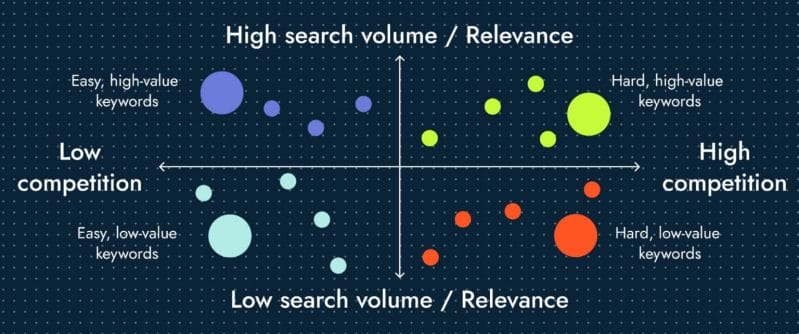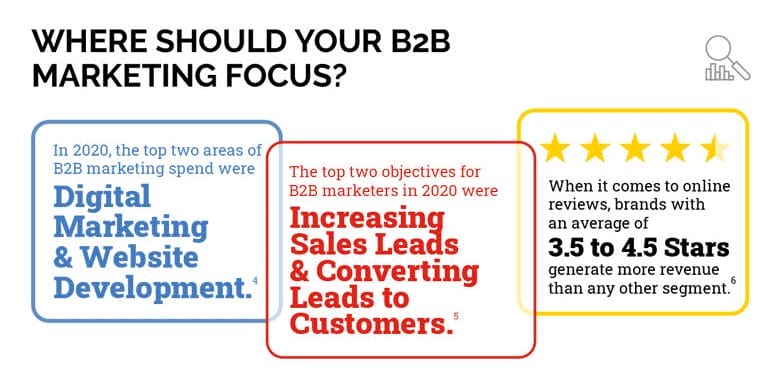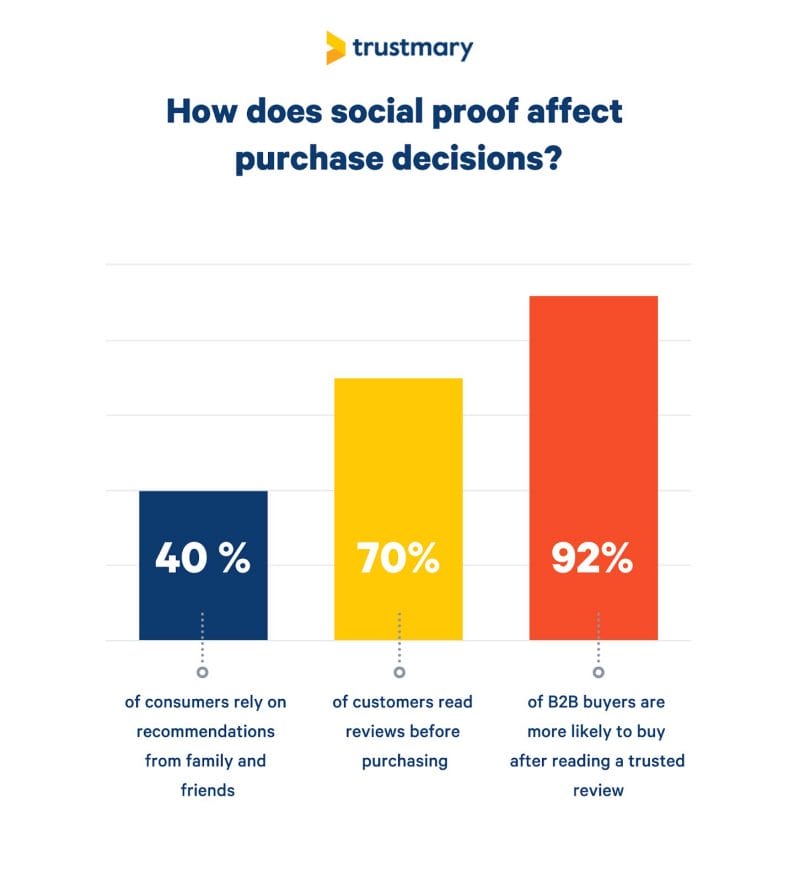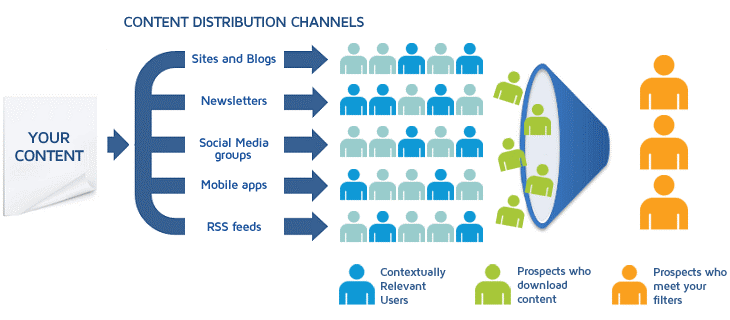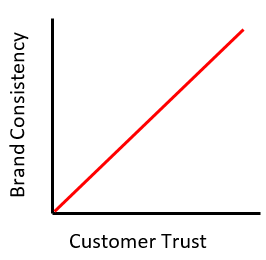The B2B marketing ecosystem is fantabulously fast! That’s why avoiding common mistakes is pivotal to achieving successful product sales. Mistakes range from failing to understand the target audience to forsaking the power of storytelling, which can hamper sales growth. This blog post will consider nearly all the common marketing mistakes from a B2B perspective.
Following the strategies mentioned in the blog will provide insight into what marketing mistakes to avoid, which are the deadly sins of direct marketing that can kill your product and service sales.
Top B2B Marketing Statistics You Must Not Ignore
- Businesses with personalization grew 60% more than the businesses that didn’t personalize.
- 2-7 websites are researched by 90% of the B2B buyers before purchasing.
- For 67% of the buyers, the purchase journey begins online.
- 83% of the content generated by marketers is focused on developing more brand awareness.
- 78% of B2B marketers consider lead conversion as a performance metric.
Marketing Mistakes with the Top Advised Solutions
#1: Marketing Decisions without Clearly Defined Audience Hinder Product Sales
About 90% of the organizations using persona create a clear understanding of buyers.
Challenges:
- The communication doesn’t have a personalized touch without a defined target audience. Hence, it doesn’t resonate with potential prospects.
- Not knowing about the target audience often results in wasteful marketing efforts.
- With the knowledge of the ideal prospective audience, allocating the marketing budget is a manageable task.
- Tailored marketing strategies can only be created by precisely stating the marketing audience.
Solution:
Market research is one way to overcome the challenge of an undefined target audience. Marketers can develop marketing strategies that resonate with prospects by perceiving clientele preferences, needs, and demographics.
Collectively, this results in the well-organized collection of the marketing budget, enhanced targeted messaging, and accelerated product sales.
#2: Superficial Approach to SEO
The online experience begins with search engines for 93% of the users.
Challenges:
- Lacking in targeting the appropriate B2B market needs.
- Content requiring more relevant content value.
- Unable to establish long-term client relationships that keep them returning to the organization.
- Not prioritizing the experiences which the prospects carry through their purchase journey.
- Brands need to include the implementation of specialized keywords.
- Without focusing on SEO, marketers cannot use a comprehensive SEO strategy, keyword optimization, and effective SEO optimization for visibility and valuable content.
Solution:
The solution to SEO marketing disputes is to take a holistic approach. Reaching out to the appropriate B2B market requires creating valuable content—that way, organizations build long-term client relationships. Brands focusing on user experience throughout the buying process implement specialized keywords to deliver valuable content and improve visibility.
#3: Not Addressing Your Audience & Their Pain Points Directly
Organizations putting more effort into clientele experience drive 4-8 times higher revenue than those who don’t.
Challenges:
- Connection and relevance can only be achieved by addressing the audience’s pain points.
- Missing out on opportunities to showcase the unique value proposition
- For clients to convert, emotional connection is vital.
- By addressing the pain points, the establishment of loyalty and trust is possible.
- Organizations can only gain credibility by demonstrating knowledge and expertise about the target audience’s pain points.
Solution:
Qualitative research is the key to the correct answers. Marketers should keep working hard to establish a target audience, conduct thorough research about their clientele, and focus on finding out the areas of campaigns that are most appealing and lacking interest for prospects. Eventually, creating more targeted and tailored campaigns will drive successful sales.
#4: Neglecting Keyword Research
The first five organic search results get 67% of the clicks.
Challenges:
- Without proper keyword research, brands cannot express appropriate prospect intent.
- Competitor analysis is not emphasized
- Content generated by the organization is not optimized
- The conversion rate is not positively impacted and generally reduces without adequate keyword research.
- Reaching the target audience is only possible through the appropriate keyword research.
- Gathering insights from competitors is valuable
- With keyword research, companies can maximize marketing efforts and increase sales.
Solution:
Marketers have an added advantage if they emphasize keyword research to accelerate B2B product sales and know the top B2B marketing trends. Organizations that don’t focus on competitor analysis, prospect intent, conversion rates, and content optimization will not fare well. Thorough keyword research helps in the previously mentioned areas and improves sales and marketing efforts.
#5: Campaigning & Investing Without a Strategy
Content marketing strategy is implemented by 32% of marketers.
Challenges:
- All of it leads to confusion among potential clients, and marketers need help finding ideal prospects. And in the meantime, conversion keeps going down.
- Lastly, the absence of clear goals and metrics makes it difficult to measure the impact of marketing efforts accurately. A comprehensive strategy is crucial for effective B2B marketing.
Solution:
The marketing department can avoid these pitfalls by focusing on a comprehensive marketing strategy that synchronizes specific tactics, business objectives, defined target audiences, and measurable goals. By following these parameters, organizations can drive long-term growth, increase sales, and magnify their campaigns. With clear objectives, measuring the impacts of the marketing efforts accurately and making improvements is possible.
After all, investing in a campaign without structured planning prevents product sales and generates a lack of resource allocation, poor targeting, inconsistent messaging, and efficient resource allocation. Therefore, roadmaps are crucial. Otherwise, efforts become scattered, and communication with prospects needs to be more coherent.
#6: Spending Recklessly On Paid Ads
With all the money spent on digital ads, only 25% of them reach the right person.
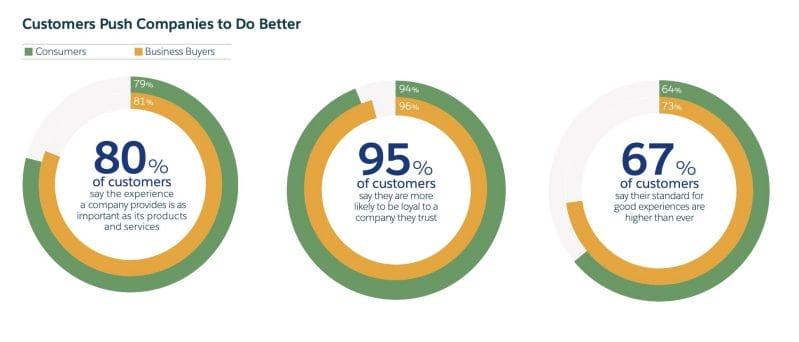
Challenges:
- Spending paid ads recklessly showcases insufficient budget allocation, resulting in limited sales and poor ROI.
- Overspending drains resources and hinders marketing efforts.
- Spending more than usual on one domain limits brand visibility, prospect acquisition, and other marketing channels.
- Wasted ad spending reaches the audience without precise targeting and misses out on potential clients.
- Dismissing organic strategies removes focus from long-term goals, demolishing the construct of relationship building.
Solution:
Dropping the idea of recklessly spending on ads is paramount for marketers. Instead, organizations should adopt a more strategic and targeted approach to increase their return on investment.
#7: Expecting Results Overnight
Solution-focused, generic searches help in exploring 71% of the brands.
Challenges:
- Realistic expectations include knowing that building brand awareness takes time. Instant outputs don’t yield long-term results.
- Rushing campaigns without planning a strategy for generating results leads to ineffective messaging and targeting.
- Only continuous monitoring, optimization, and testing can improve campaign performance.
Solution:
The most crucial things are:
- Patience
- Implementing a well-thought-out marketing strategy
- Focusing on long-term growth
It takes time to reach prospects, make them notice you, win their hearts and convert them.
It may take a lot of exposure before they engage with you; don’t give up. The key to a long-term prospect acquisition is to nurture relationships for a loyal audience base. The key to a long-term prospect acquisition is to foster relationships for a loyal audience base.
#8: Posting On Social Media without a Plan
Unplanned ads on social media can cause a negative trigger in less than a second.
Challenges:
- Posting on social media without a plan of action lacks the much-needed strategic direction an organization requires.
- Without a clear objective, one fails to target prospective clients effectively
- In the absence of a plan, consistency is missing, and brands miss out on conveying the key message
- The lower conversion rate is a result of missing opportunities to connect with a potential customer
Solution:
B2B businesses that post on social media without a plan can face adverse situations. The best way to overcome the challenges is to define goals, spot the desired prospects, and design a content strategy that flows with the continuity of business strategies. Creating a social media calendar helps in actively engaging with prospects.
Additionally, working with influencers can boost brand awareness and make it look credible. Subsequently, by maintaining consistent messaging, B2B businesses can strategically engage the right audience, increasing conversion rates and sales.
#9: Not Using Social Proof Including Case Studies and Success Stories
Peer reviews and testimonials influence 60% of B2B purchases.
Challenges:
- Credibility and trust are hard to earn when success stories and case studies are left out.
- Real-life examples affect purchase decisions, and businesses miss out on this if they don’t publish success stories and case studies.
Solution:
Highlighting how your product and services have benefited clients provides tangible evidence for prospects. It rightfully leverages the power of success stories and case studies to earn credibility and trust from potential prospects, consequentially impacting their decision to invest in your service and product.
Publish your success stories; your product or service appeal will be enhanced, increasing sales. Social proof confirms product effectiveness, and prospects know the product or service is bona fide.
#10: Blogging to Follow Trends, Not To Provide Value
Blogging boosts lead generation by 67%.
Challenges:
- Product sales are immensely harmed when valuable content is lacking.
- In the long run, trend-focused bloggers cannot portray expertise and, instead, look inauthentic.
- Just following trends can result in losing out on credibility and trust.
Solution:
Organizations should start creating valuable content to overcome the pitfalls of trend-focused content creation. By providing helpful information and expertise, bloggers can gain the trust of their audience, eventually establishing your organization as an industry leader.
Additionally, this approach ensures that content is beneficial even after the trend elapses. The best content publishing process combines trends and high-quality content, bringing in a loyal readership and increased credibility for the organization.
#11: Overproducing Content & Not Focusing On Quality
60% of brands’ content is low-quality creation.
Challenges:
- Consistency in producing content is vital, as overproducing diminishes the perception of the brands.
- Organizations lose out on trust with low–quality, overproduced content.
- Eventually, low-quality content decreases confidence in brands, subsequently leading to decreased prospect loyalty and sales.
Solution:
Organizations should prioritize quality over quantity to withstand the obstructive consequences of overproducing content. Companies increase the perceived value of services or products by creating valuable and authentic content.
Rather than bombarding prospects with low-quality content, brands should always aim to build trust through relevant content. This approach fosters better connections with prospects, leading to long-term loyalty and increased sales.
Conclusion
In conclusion, grasping marketing knowledge and avoiding marketing mistakes is necessary for every business striving for success. Marketers can save resources, valuable time, and money by recognizing the pitfalls and following a comprehensive guide to direct marketing. Some key takeaways include conducting thorough market research, having a clear strategy, and consistently monitoring and adapting to campaigns.
Additionally, embracing creativity, prioritizing customer satisfaction, and staying up-to-date with the latest trends are crucial for staying ahead in the competitive marketing landscape. With a careful proactive approach, businesses can navigate their marketing efforts effectively, driving sustainable growth and achieving their goals.


